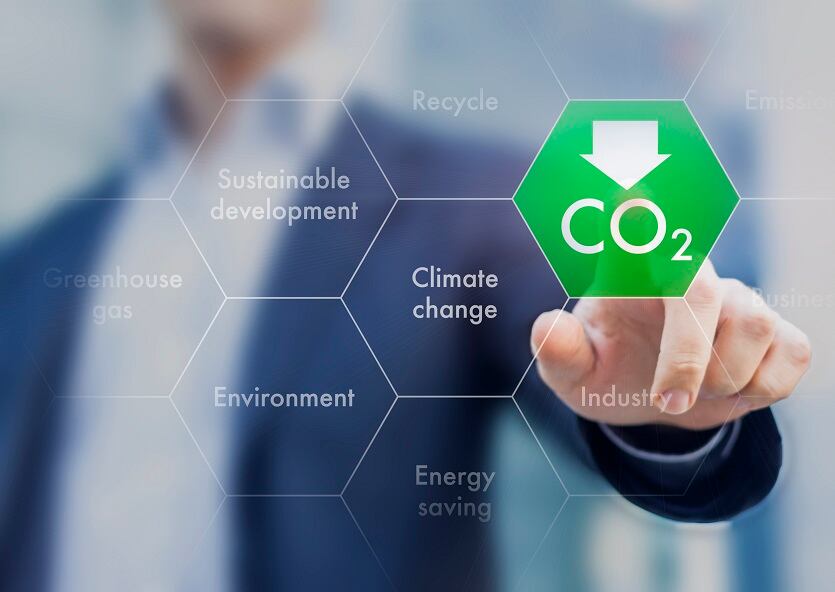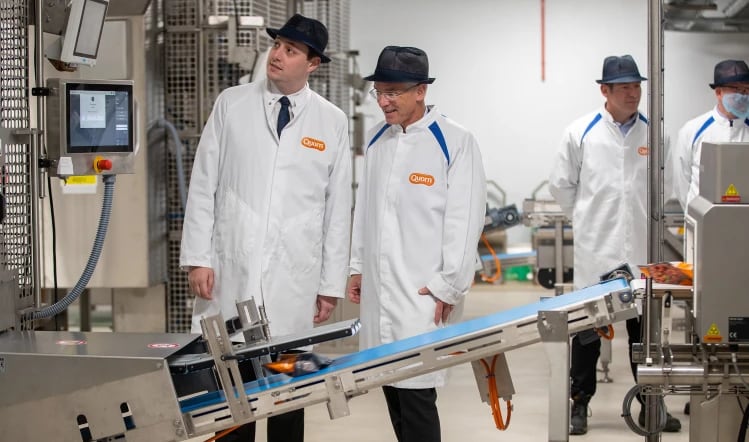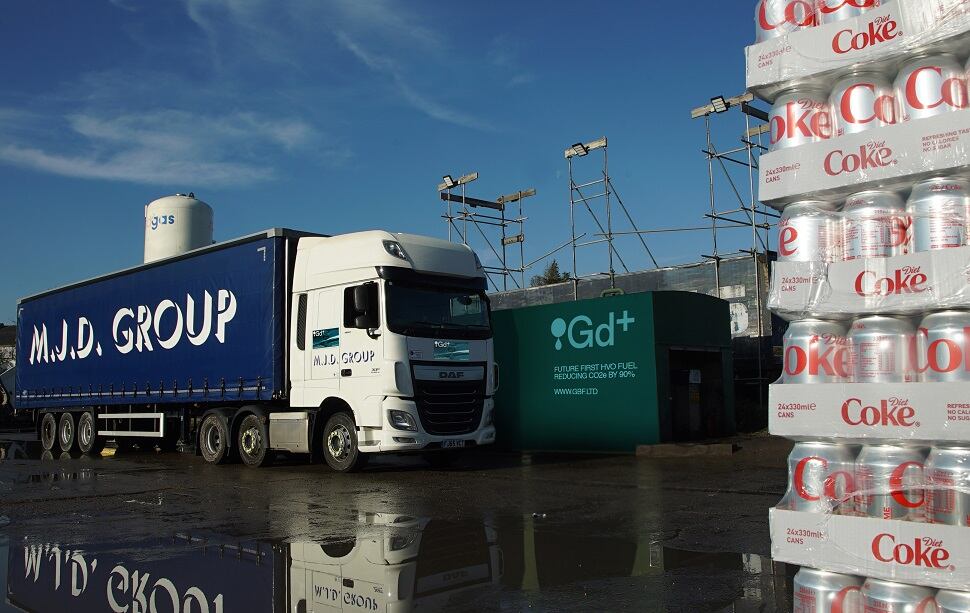The pressure is on for food and drink manufacturers to become more sustainable and hit net zero carbon emissions and Food Manufacture's latest digital feature explores some of the initiatives underway.
The Harper Adams team – senior lecturer Simon Thelwell, Dr Karim Farag, and Dr Richard Byrne – draws on two case studies – Shropshire-based family cheese business Belton Farm and multinational fresh prepared food provider Bakkavor.
At the heart of managing the change occurring in the industry, Byrne believes, is communication. He claims that is at the heart of the work by the firms the report uses as case studies and the industry more generally.
Communication key
“Communication is key as the food industry and supply chain adapt and changes to the sustainability goal," he said. “Producers and processors are increasingly listening to consumer’s concerns, and to a large degree it’s a two-way process as change takes time.
“The industry is dealing with hugely complex supply chains but change is happening, and as processes are revisited, redesigned and plants redeveloped, we will see greater change and faster change and positive impacts.”
The report notes the impact of robotics, automation and technology – something Byrne believes can positively affect the supply chain, if considered in a holistic manner. “Adopting technology is a big undertaking. The key is to look at the whole supply chain, not just individual elements, as changes to one part may have a negative impact further down the chain.
“The adoption of tech can bring huge benefits, especially in reducing wastage and the market is maturing now, with some key tried and tested technology available – easily adopted and adapted to different sectors.”
Energy & water
While Byrne said changes to water and energy may be a particular focus as the solutions they require could lead to positive – and measurable – changes. “Such activities can often be a demonstrable lever to encourage change in the supply chain, which requires more discussion, negotiation and dynamic interaction to ensure change is meaningful.”
Finally, he praised both case study businesses which the report drew on. “Bakkavor and Belton have demonstrated real commitment to change in two distinct food producing areas.
“Both have their own degree of complexity related to their scale of operation, and both have demonstrated that communication within the supply chain is essential to delivering change. That communication is between suppliers and also listening to consumers.
“What was most impressive is that they view it as an ongoing process, addressing sustainability as part of the business, not as an add-on. They are clearly demonstrating positive environmental change in both process change and management, and most importantly, communicating with the supply chain and end user.”
Common Scope 3 measurement
Meanwhile, leading food and drink industry organisations united at the Courtauld Commitment 2030 annual meeting on 10 February to help develop a common way to consistently measure the environmental impact of global supply chains.
According to charity Waste & Resources Action Programme (WRAP), which ran the event, about one third of GHG emissions can be attributed to food systems. Scope 3 emissions can account for up to 90% of the value with the majority from the ingredients they use. This means that measurement requires data to be accessed from hundreds of thousands of farmers across the world.
WRAP said the climate emergency could not be addressed without creating a shared framework for measuring scope 3 emissions and better access to data, in partnership with suppliers. It has set up a working group to find a solution, with more than 100 organisations joining.
Burden for suppliers
WRAP chief executive Marcus Gover said: “There is currently no consistent way of quantifying supply chain emissions and businesses either have to commission expensive life cycle analysis for each ingredient or use average values from a variety of contrasting public data sets. This is a burden for suppliers and makes it impossible to compare the information provided by different businesses.
“If we are to make reliable progress in tackling climate change then we have to have a common measurement and an agreed set of emission factors that everyone can use. Over the last year we have been working with businesses and suppliers from the UK and internationally to create this framework and establish a consistent way of collecting and checking data along the supply chain. Today’s conversation reiterated the urgency for making this data available.”
In April a draft document will be published for practical piloting. WRAP aims to publish the best publicly available data sources for food and drink ingredients to help businesses. The resources will be rigorously tested by WRAP through 2022 and 2023 to create a living document that will be continuously updated.
Eco-labelling
Gover continued: “This is new, difficult and incredibly important work – no one has quite tackled the problem in this way before. It will enable incentives to be introduced as part of driving systems change, rewarding practices that support net zero and biodiversity targets. It will also enable clear eco-labelling to be developed that can be trusted by consumers."
The system being developed by WRAP will have a consistent accounting and reporting method that builds on the GHG Protocol, SBTi and Gold Standard and is specifically interpreted for food and drink businesses.




